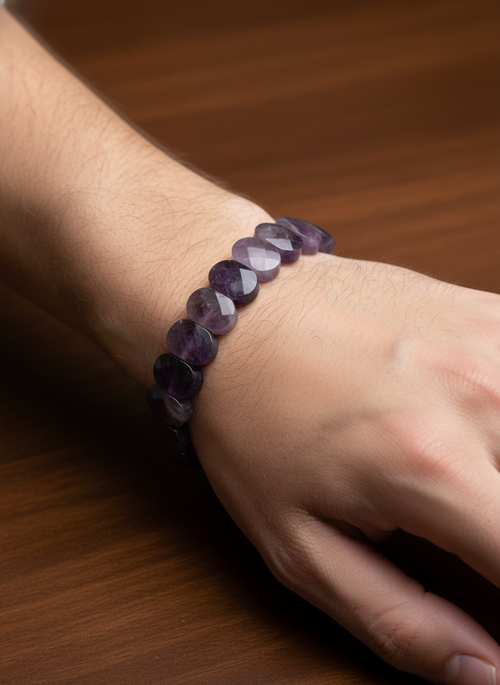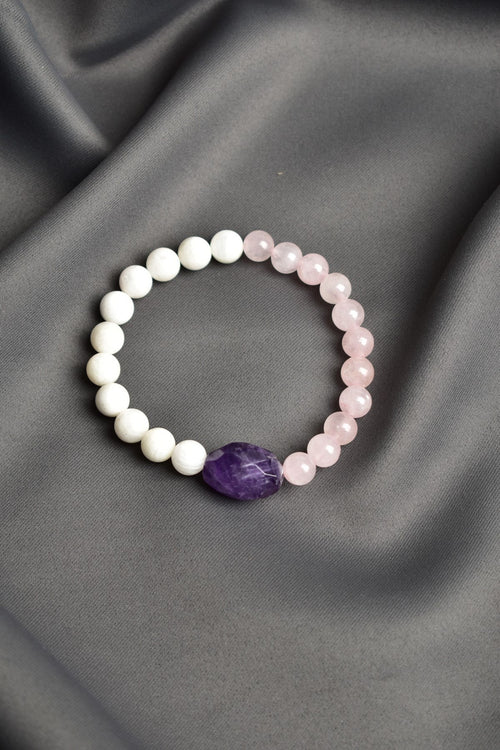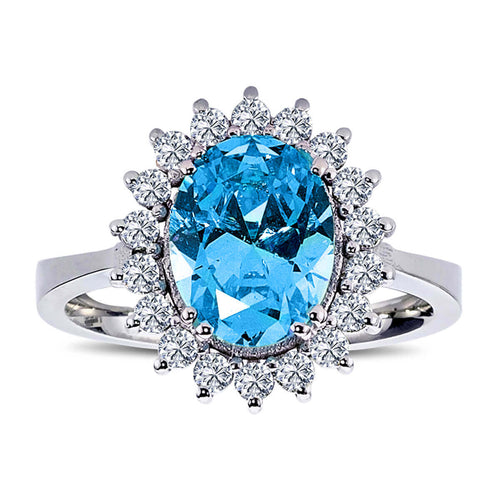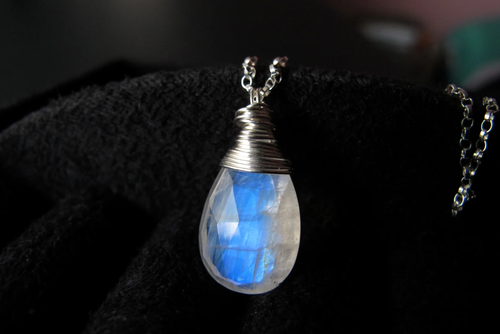ALL PRODUCTS IGSL INTERNATIONAL CERTIFIED
Natural stones extracted from volcanoes are stones formed as a result of volcanic activity. These stones are formed when magma rises to the surface and cools and solidifies. Here are some natural stones extracted from volcanoes:
1. Obsidian
- Definition: Obsidian is a volcanic glass formed by the rapid cooling of lava from volcanoes. It is usually black in color, shiny and hard.
- Properties: Obsidian can have very sharp edges and has been used throughout history to make cutting tools and weapons.
- Region: Found in places such as Turkey, Mexico, Iceland, USA (Yellowstone, Oregon).
2. Basalt
- Definition: Basalt is a volcanic rock formed by the cooling of lava from volcanoes. It is usually black or dark gray in color.
- Properties: Basalt is widely used as a building material. It can also form interesting natural formations such as columnar basalts.
- Region: Found in places such as Iceland, Hawaii, Italy (Etna Volcano), India (Deccan Traps).
3. Pumice (Pumice Stone)
- Description: Pumice stone is a very light and porous rock formed by the rapid cooling of magma filled with gases during volcanic eruptions.
- Features: Pumice stone is used as an abrasive material and is widely used in skin care products and industry.
- Region: It is found in volcanic regions such as Turkey, Italy, Greece, Indonesia.
4. Tuff
- Definition: Tuff is a rock formed when ash and other volcanic materials thrown into the air during volcanic eruptions fall to the earth's surface and compact.
- Features: Tuff is generally light and porous, so it is used as a construction material. The fairy chimneys in Cappadocia are composed of tuff stone.
- Region: It is found in volcanic regions such as Turkey (Cappadocia), Italy, and Greece.
5. Andesite
- Definition: Andesite is a volcanic rock with a composition intermediate between basalt and rhyolite. It is usually gray or brown in color.
- Properties: Andesite is used in construction and sculpting as it is a durable stone.
- Region: Found in places such as Peru, Chile (Andes), and Turkey.
6. Rhyolite
- Description: Rhyolite is a volcanic rock with a high silica content. It is usually light in color and can be found in shades of pink, gray, and yellow.
- Properties: Rhyolite is often found in association with obsidian and pumice. It may contain fine crystals on the surface.
- Region: Found in places like the USA, Iceland, Germany.
7. Peridotite
- Definition: Peridotite is an ultramafic rock formed by the upwelling of magma from the mantle and contains a high proportion of olivine.
- Properties: Peridotite has an intense green color and the olivine mineral (peridot) used in gemology is a component of this rock.
- Region: Found in volcanic regions such as Hawaii, South Africa, and Greenland.
8. Lava Stone (Lava Stone)
- Definition: Lava stone is a porous and lightweight volcanic rock formed by the cooling of lava from volcanoes. It is denser than pumice stone.
- Properties: Lava stone is usually black or gray in color and is used in jewelry making, garden landscaping, and meditation purposes.
- Region: Found in places such as Italy (Etna Volcano), Iceland, Hawaii, Indonesia.
9. Kimberlite
- Definition: Kimberlite is a rare igneous rock formed by magma rising to the surface from deep within the Earth's crust. These rocks are often diamond-bearing rocks.
- Features: Kimberlites are economically very valuable because they contain diamond deposits.
- Region: It is found in diamond mining regions such as South Africa, Russia and Canada.
10. Trait
- Definition: Trachyte is a light-colored volcanic rock rich in feldspar minerals. It is commonly found in the lava flows of volcanoes.
- Properties: Trachite is used as building blocks and is durable.
- Region: Found in places such as Italy, Turkey, Iceland.
Conclusion
Natural stones that originate from volcanoes are formed as a result of volcanic activity and can be found in a variety of colors, textures, and compositions. These stones have aesthetic, functional, and cultural significance in both the natural world and in man-made objects. Volcanic stones such as obsidian, basalt, pumice, and tuff can be found in volcanic regions around the world and are known for their diverse uses.



























